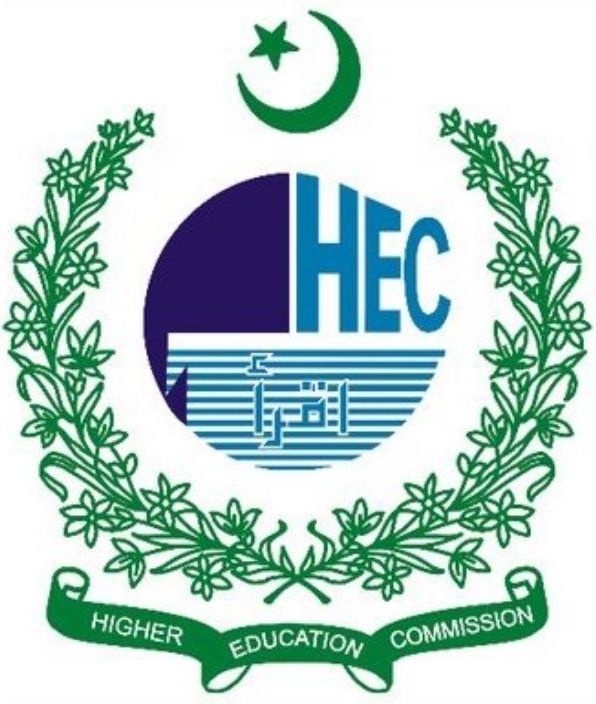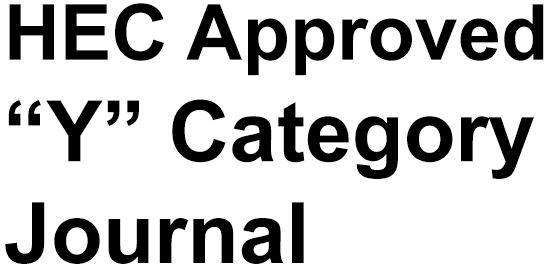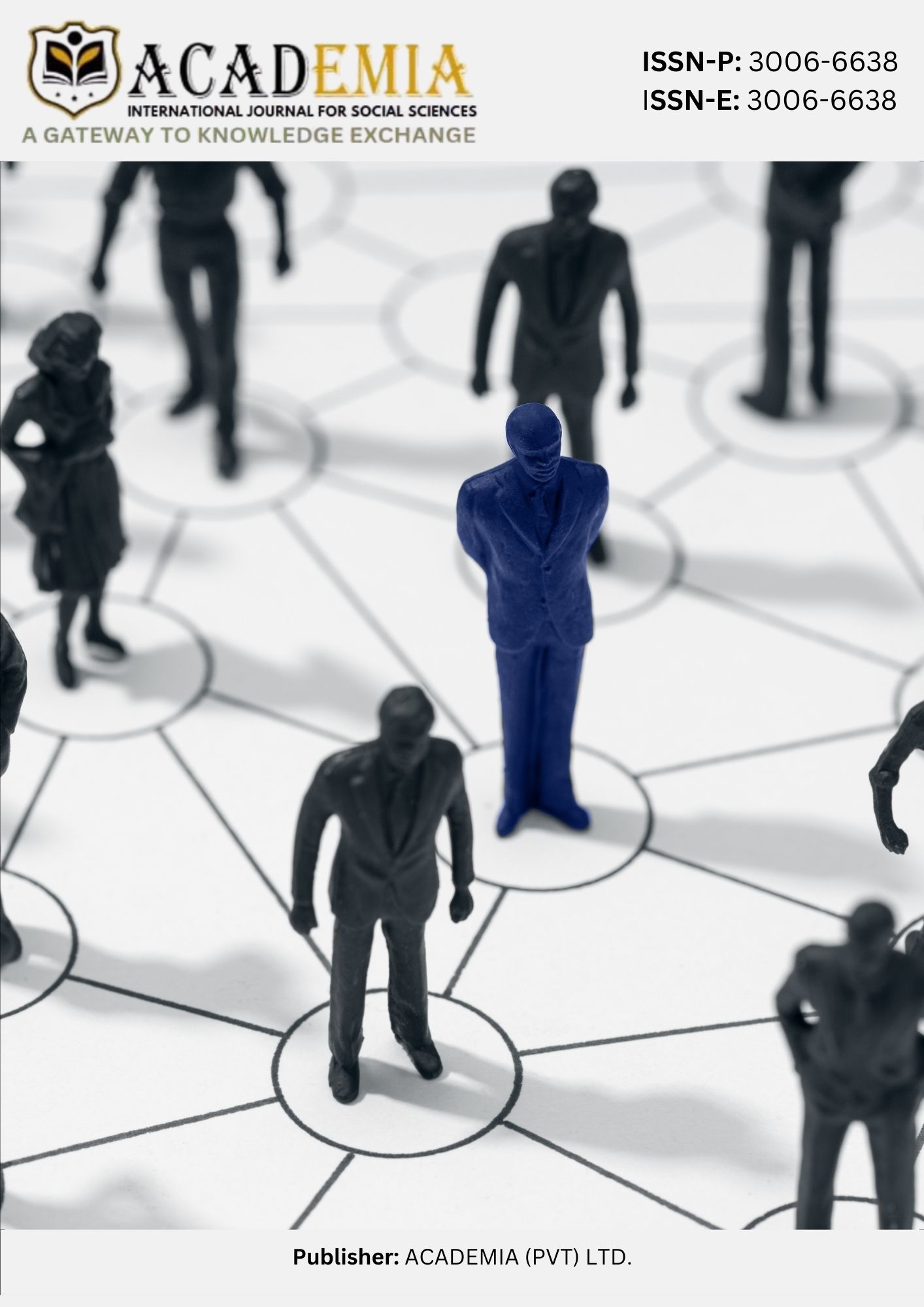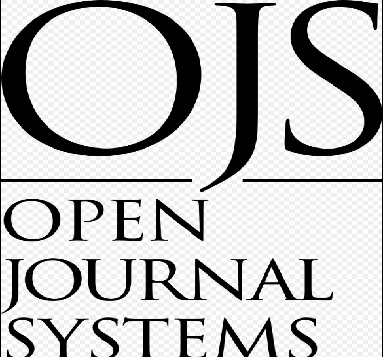The Semantics of Urdu Compounding with a Special Reference to “Deewan-e-Ghalib: The Persian, Arabic and Native Urdu Patterns
DOI:
https://doi.org/10.63056/ACAD.004.04.0942Keywords:
Urdu compounding, Indo-Aryan languages, morpho-semantic change, derivational morphology, Mirza Ghalib, Deewan-e-Ghalib, Urdu–Persian–Arabic compounds, poetic innovationAbstract
Compounding occupies a central position in Indo-Aryan languages, where it plays a crucial role in morpho-semantic change and derivational morphology. Its primary function is to merge two lexical items to generate a new word with an independent meaning, as in ʃehər-e-xamoʃa~ (“city of silence”), where ʃehər (“city”) and xamoʃa~ (“silence”) combine to form a novel expression. In Urdu, compounding represents a vast and diverse phenomenon, encompassing multiple structural patterns. Frequently, it involves noun–noun combinations that result in entirely new lexical items, distinct from the individual components. While many writers and poets have employed compounding as a stylistic and semantic resource, it is perhaps most innovatively realized in the poetry of Mirza Ghalib. This study explores the use of compounding in Deewan-e-Ghalib, showing how Mirza Ghalib expanded the expressive potential of Urdu by employing compounds drawn from Urdu, Persian, and Arabic. His hybrid formations demonstrate both morphological inventiveness and semantic depth, illustrating how compounding functions as a productive mechanism of meaning-making in Urdu poetry. By examining these structures, the paper argues that Ghalib not only enhanced the stylistic and rhetorical force of his poetry but also highlighted compounding as a key site of morpho-semantic development. The discussion engages with Rahman’s (2012) framework for Urdu compounding, situating Ghalib’s work within broader linguistic and literary traditions.
Downloads
Published
Issue
Section
License
Copyright (c) 2025 Dr. Saima Jamshaid, Dr. Nazia Anwar (Author)

This work is licensed under a Creative Commons Attribution 4.0 International License.












